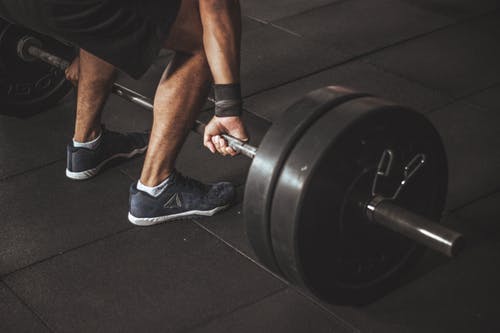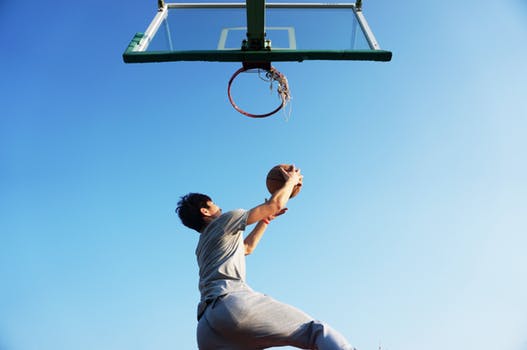As strength and conditioning coaches, we spend a lot of time stressing the importance of strength for athletic performance. In some of my writing I have stressed the importance of strength for power training, in other words being stronger can often make that training more effective. In a 2018 study, James et al examined whether strength impacts the gains that an individual makes from a power training program.
In this study the authors had two groups of subjects. A strong group (able to back squat twice body weight) and a weak group (able to back squat around 120% of bodyweight). The subjects did a ten week periodized program with the power clean, snatch pulls, jump squats, depth jumps, and plyometric rebound split squats. This program was done three times a week during the ten weeks. Subjects were tested on their back squat 1-RM, jump squats done on a force platform with 0%, 20%, 40%, 60%, and 80% of squat 1-RM, a 3-second isometric squat, and EMG measured muscle activation during the jump squats and isometric squats.
Results:
Performance increases after five weeks:
| Strong Group | Weak Group | |
| Peak velocity | 6% | 2% |
| Average velocity | 13% | 5% |
| Jump height | 15% | 8% |
Performance increases after ten weeks:
| Strong Group | Weak Group | |
| Peak velocity | 8% | 7% |
| Average velocity | 13% | 13% |
| Jump height | 12% | 15% |
Both groups improved, the stronger group made greater gains across the first five weeks of the study. This included changes in jump mechanics, muscle recruitment, shifting the force-velocity curve, and the performance measures mentioned above. However, many of these changes were washed out at ten weeks, at which point the weaker group caught up while the stronger group lost ground.
So what does this mean? First, over the first five weeks the stronger group made much better gains. This suggests that over the first five weeks being stronger was more beneficial for the power training.
But, those gains in the stronger group tapered off the longer the same training stimulus was provided, even with a periodized program. This reinforces the need for variety every 4-6 weeks for more highly trained athletes. It also suggests that for lower trained athletes it takes longer to see gains from power training, neither of which is surprising.
Second, this was an effective training program for improving power. The focus wasn’t on Olympic lifts, jump squats, or plyometrics. Rather it was a program that incorporated everything and both groups increased their jump height by 15% over 5-10 weeks!
Take home messages from this study: first, stronger athletes make better gains from power training. Second, with highly trained athletes it’s important to regularly vary the training program (4-6 weeks) to keep gains from plateauing and/or declining.
James, L.P., Haff, G.G., Kelly, V.G., Connick, M.J., Hoffman, B.W., Beckman, E.M. (2018). The impact of strength level on adaptations to combined weightlifting, plyometric, and ballistic training. Scandinavian Journal of Medicine and Science in Sports, 28: 1494-1505.


